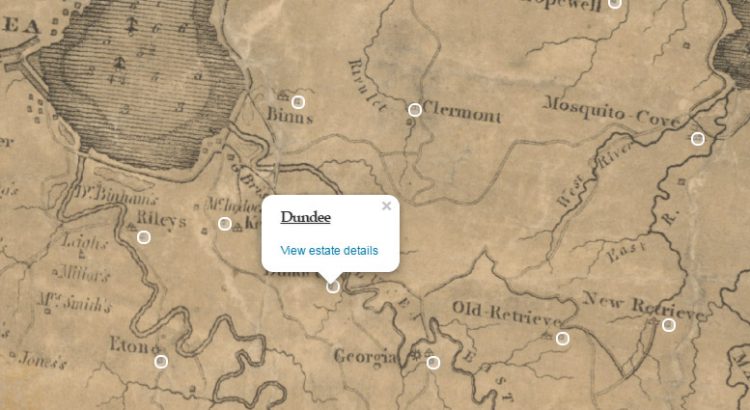If you look at traditional media such as newspapers and magazines just now it often feels like everything is about coronavirus. The National Library of Scotland as you would expect will collect the newspapers, official publications and magazines that appear during the pandemic and when they are published the inevitable books that will chronicle this […]
Category: Digital resources
Sunset Song is now available to read on our website
We have just made available all the books published by James Leslie Mitchell (1901-1935) during his lifetime on our website. Included are the three novels he published under the pseudonym Lewis Grassic Gibbon namely “Sunset Song” (1932); “Cloud Howe” (1933) and “Grey Granite” (1934) which are collectively known as “A Scots Quair”. http://digital.nls.uk/lewis-grassic-gibbon-books You can […]

Geocoding the Stevenson Maps and Plans of Scotland
Written by Rachel Dishington, Collaborative Doctoral Partnership PhD student at the University of Edinburgh The Stevenson family of engineers worked extensively throughout Scotland during the nineteenth and early twentieth centuries. Their work focused primarily on coastal engineering projects, particularly harbours including at Peterhead as shown below. Most famously, they were responsible for the construction and […]

Scotland from above – our 3D map viewer with new vertical exaggeration
In early 2016 we launched our 3D map viewer, allowing our georeferenced maps to be viewed from a bird’s-eye perspective. This combines our historic map layers with elevation data, so that they can be draped and visualised across a real landscape in three dimensions. Whilst the viewer has been popular, we have recently added a […]

Using the Library’s open-source map viewers
Are you interested in creating a web-mapping viewer or application? Do any of the Library’s web-mapping applications have functions or interfaces you need? If the answer to these questions is yes, then you may be interested to know that the code behind all of our web-mapping applications is available for free and easy onward use […]

Mapping Slavery
It shocks many people to learn that when in 1833, the British Parliament finally abolished slavery in various parts of the British Empire, those most closely involved in the trade received huge sums of money in compensation. It has been estimated that of the £20 million compensation payments, half remained in Great Britain, with the […]
